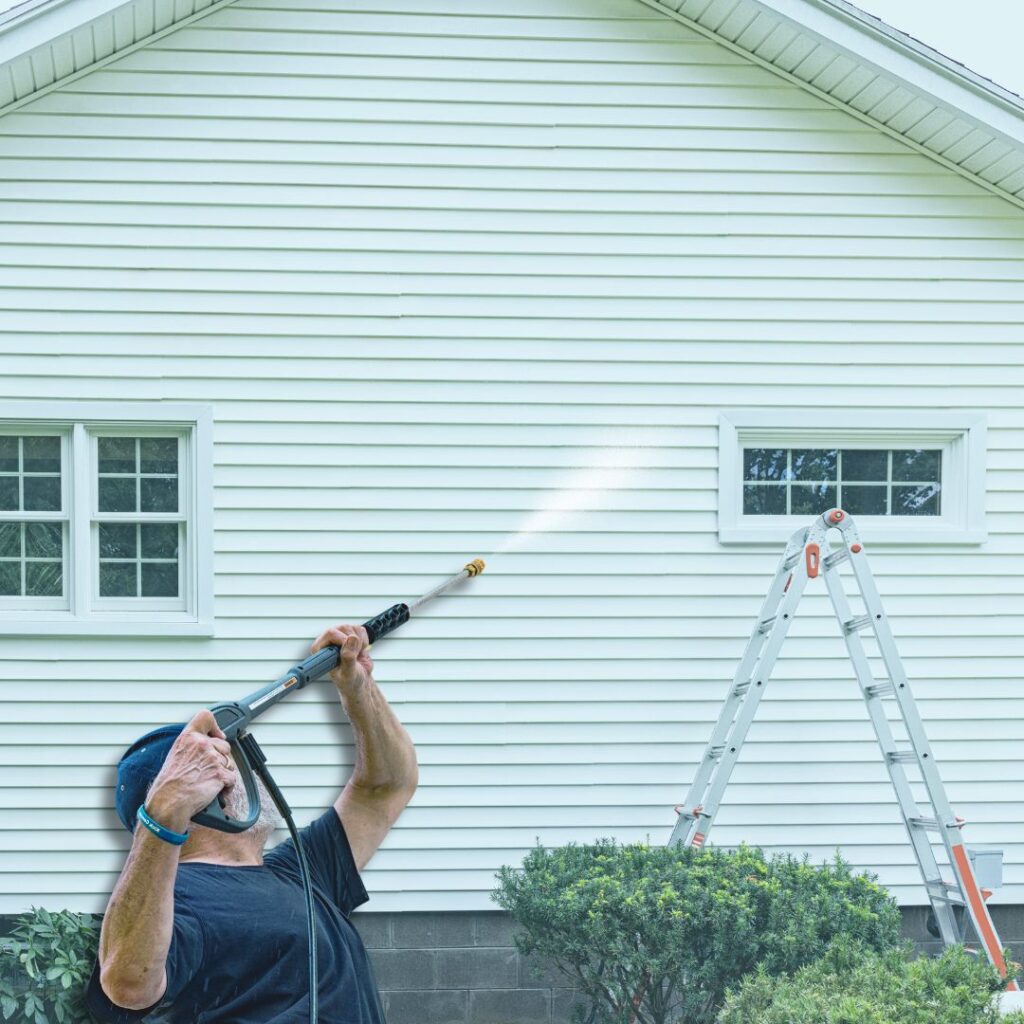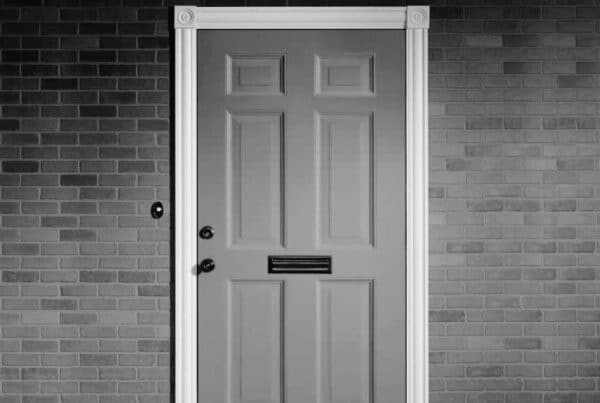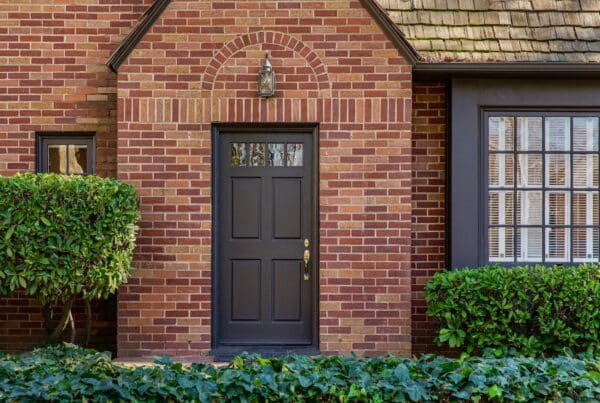
A home’s siding keeps moisture out, helps with energy efficiency, and protects the structure underneath, but all of that depends on its installation.
In areas where rainy weather is the norm, siding takes a beating. At Boggs, we see a lot of homes with siding problems that could have been avoided with better installation or routine checks.
Whether you’re getting new siding or just want to be sure yours is holding up, here’s how to spot the most common siding installation issues before they turn into costly repairs.
1. Gaps or Loose Panels
Siding should sit evenly and allow for a little movement. If the panels are nailed down too tightly or spaced incorrectly, they can buckle or pull away from the house.
What to look for:
- Spaces between the panels or at corners
- Siding that moves or shifts when touched
- Nails driven too deep or too close to the edge
These issues can lead to moisture intrusion or panels coming loose during strong winds. If the siding is already moving, it’s a good idea to have it checked before it causes more damage.

2. Missing or Cracked Caulk Around Openings
Even well-installed siding needs proper sealing around windows, doors, and trim. Caulk keeps water from sneaking in at the edges. But over time, or if installed poorly, that seal can fail.
What to look for:
- Dry, cracked, or missing caulk
- Gaps between the trim and siding
- Water stains or soft spots around windows or doors
A fresh bead of caulk in the right places can go a long way. But if you’re seeing signs of water damage, the issue might be more than just surface level.
3. Poor Flashing or None at All
Flashing is a thin layer of waterproof material that directs water away from critical areas like rooflines, windows, and doorways. When it’s missing or installed incorrectly, water can slip behind the siding and stay there.
What to look for:
- Bulging or warped siding in specific areas
- Water stains on interior ceilings or walls
- Discoloration or soft wood near the base of the home
A lot of moisture problems in Pacific Northwest homes come down to bad flashing. Even if your siding looks fine from the outside, this is something we always check during inspections.
Water intrusion is responsible for about 80% of construction defect claims: often due to improper flashing and sealing.
4. Wavy or Uneven Siding
When siding installation overlaps with an uneven wall surface, or if the panels are nailed down too tightly, it can look warped or bumpy.
What to look for:
- Lines that don’t run straight from panel to panel
- Siding that looks sunken in or bulging out
- Corners that don’t line up cleanly
Aside from appearance, this kind of warping can allow water to pool or settle behind the panels, which speeds up wear and tear.
5. Mold, Mildew, or Water Damage
Moisture is the biggest enemy of a home’s exterior. If water gets behind the siding and can’t dry out, it creates the perfect environment for mold, mildew, and rot.
What to look for:
- Green or black staining on the surface of the siding
- Soft or spongy spots when you press on the wall
- A musty smell around the exterior walls
If the siding feels soft or if you see mold growing anywhere it shouldn’t be, it’s time to take a closer look.

Extra Tips for Homeowners
Living in the Pacific Northwest means your siding is constantly exposed to rain, humidity, and seasonal changes. Keeping it in good condition takes a little extra attention.
Here are a few simple tips:
- Wash your siding once or twice a year to remove buildup
- Trim plants and shrubs to prevent moisture from lingering
- Check for pest damage, especially near the ground
- Look for signs of rot near the bottom edges after a wet winter
- Re-caulk joints every couple of years as part of regular maintenance
When to Call a Professional
Sometimes siding problems are easy to see. Other times, the damage is hidden behind walls or under trim. If you’re not sure what you’re looking at, or if something doesn’t feel right, call a qualified home inspector.
At Boggs Inspection, we take a close look at siding during every full home inspection. We know how to spot hidden issues, explain what they mean, and help you figure out what to do next.
Even if you’re not buying or selling right now, an inspection can give you peace of mind about how well your siding is holding up and what to expect down the line.
Conclusion
Siding is one of your home’s first lines of defense. The installation of your home’s siding can be the difference between it starting to fail early and protecting your home for years. By learning what to watch for, you can catch problems early and protect your investment.
If you’re in the Olympia area and want a professional opinion, reach out to Boggs Inspection. We’re here to help you make informed decisions about your home, inside and out.



